How to work with ChatGPT and checklists
In this guide, we’ll walk you through two options for leveraging ChatGPT to generate checklists in Jira and Confluence Cloud.
Option 1: One-shot checklist creation
If you prefer a quick but less customizable approach, our checklist software provides a fantastic feature that allows you to create checklists with a single prompt. Simply input a few words about your tasks, and the checklist(s) will be generated for you. While this method doesn’t offer the same customizability as the second option, it provides a quick way to get a checklist in one go.


Option 2: Conversational checklist creation with the ChatGPT iOS App
For a more interactive experience, we recommend using ChatGPT on their site or the ChatGPT iOS app. If you are on Android follow the development of the app in the OpenAI blog. Follow these steps to iteratively create your checklist, add context, tasks, and remove suggestions until it meets your requirements:
-
Access and signup for ChatGPT on their site or download and install the ChatGPT iOS app from the App Store.

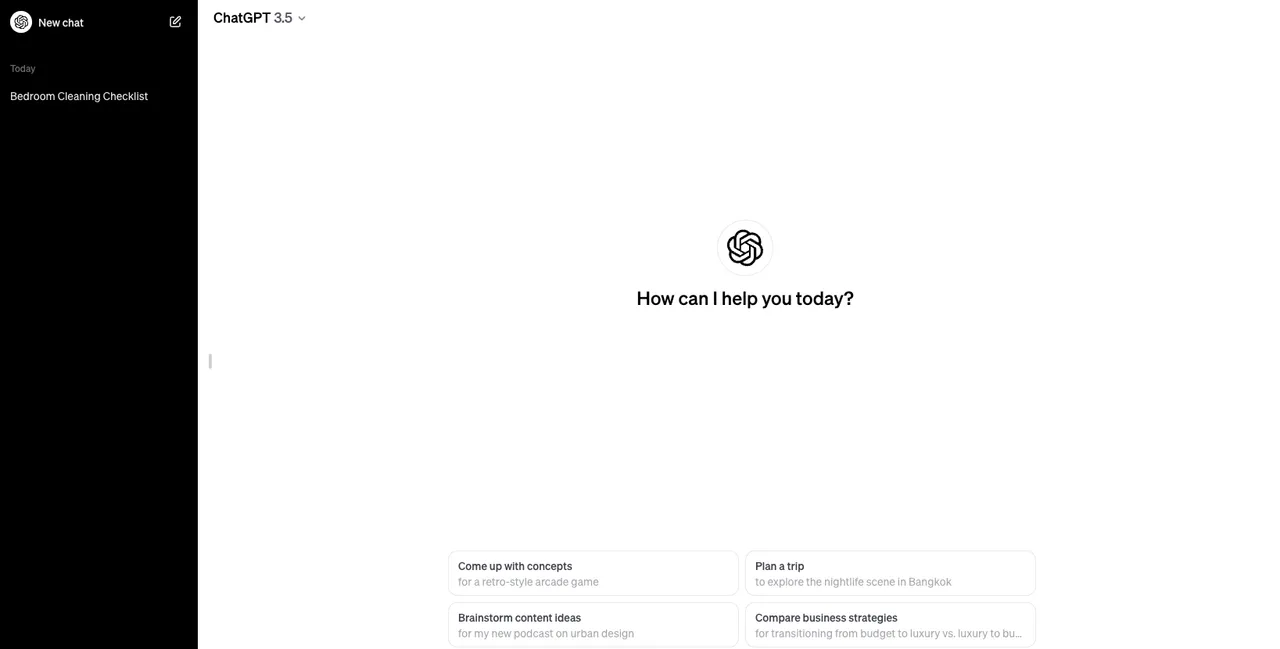
-
Launch the app and initiate a conversation with ChatGPT.


-
Engage in a back-and-forth conversation with the chatbot, refining the checklist as you go.


-
Provide context, tasks, and instructions, and ChatGPT will generate the checklist accordingly. You can utilize the convenience of the mobile app by speaking your instructions, which will the app will transcribe into text prompts.


-
Iterate and refine the checklist until you are satisfied with the result.
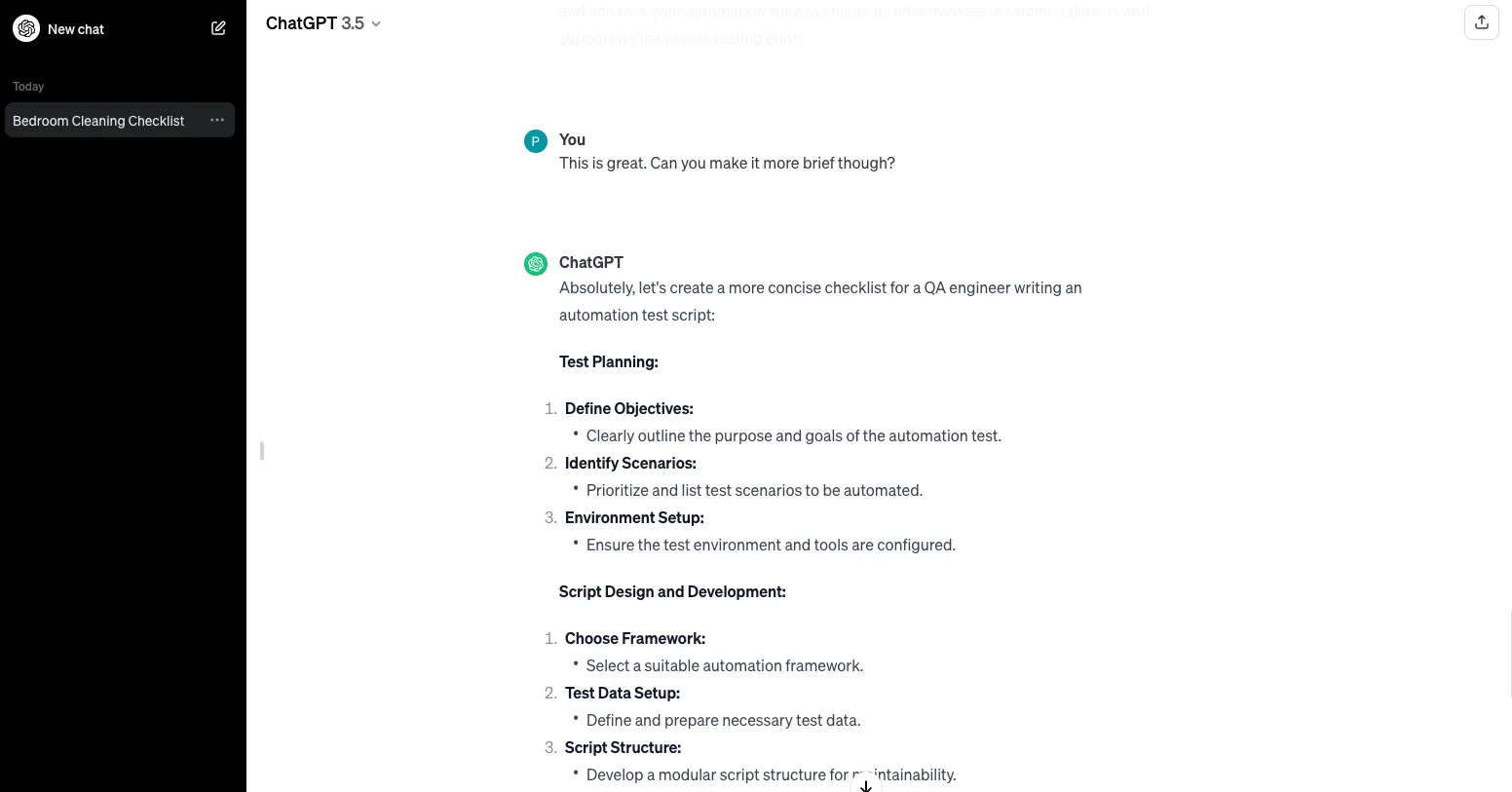
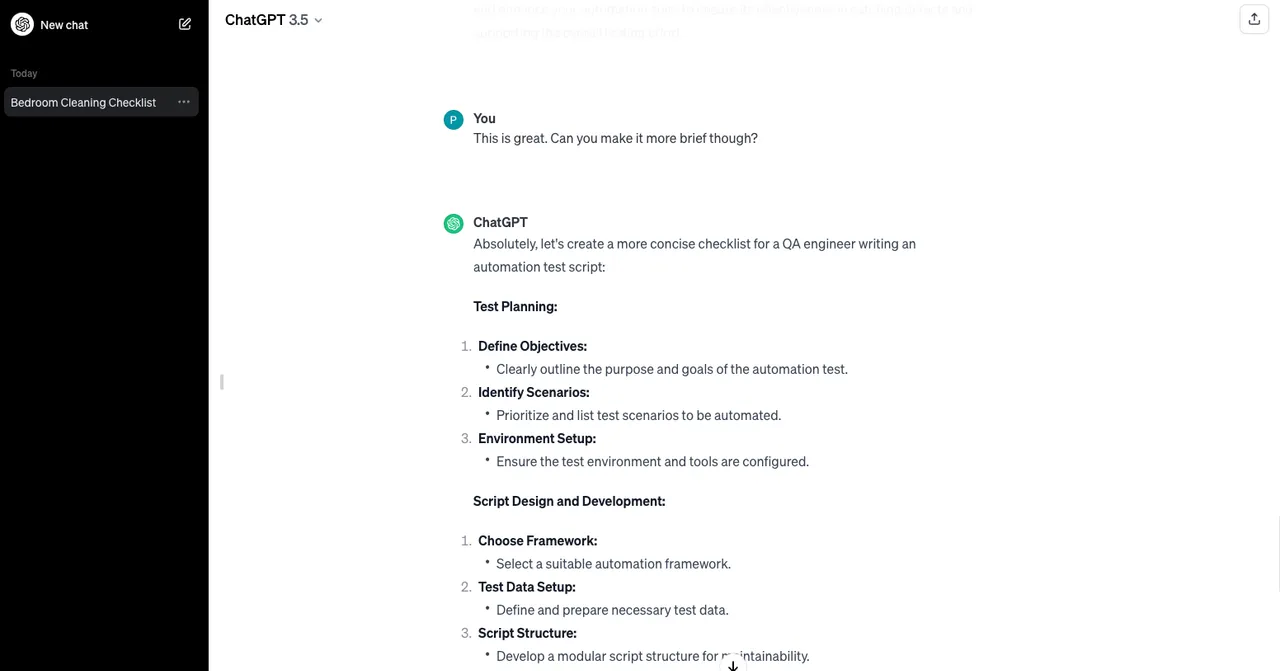
-
Once you’re satisfied with the checklist generated by ChatGPT, you can easily ask it to reformat it for you. Simply prompt: “Please reformat the checklist you created for me according to the following format and fill all elements.” Below that please copy this sample code.
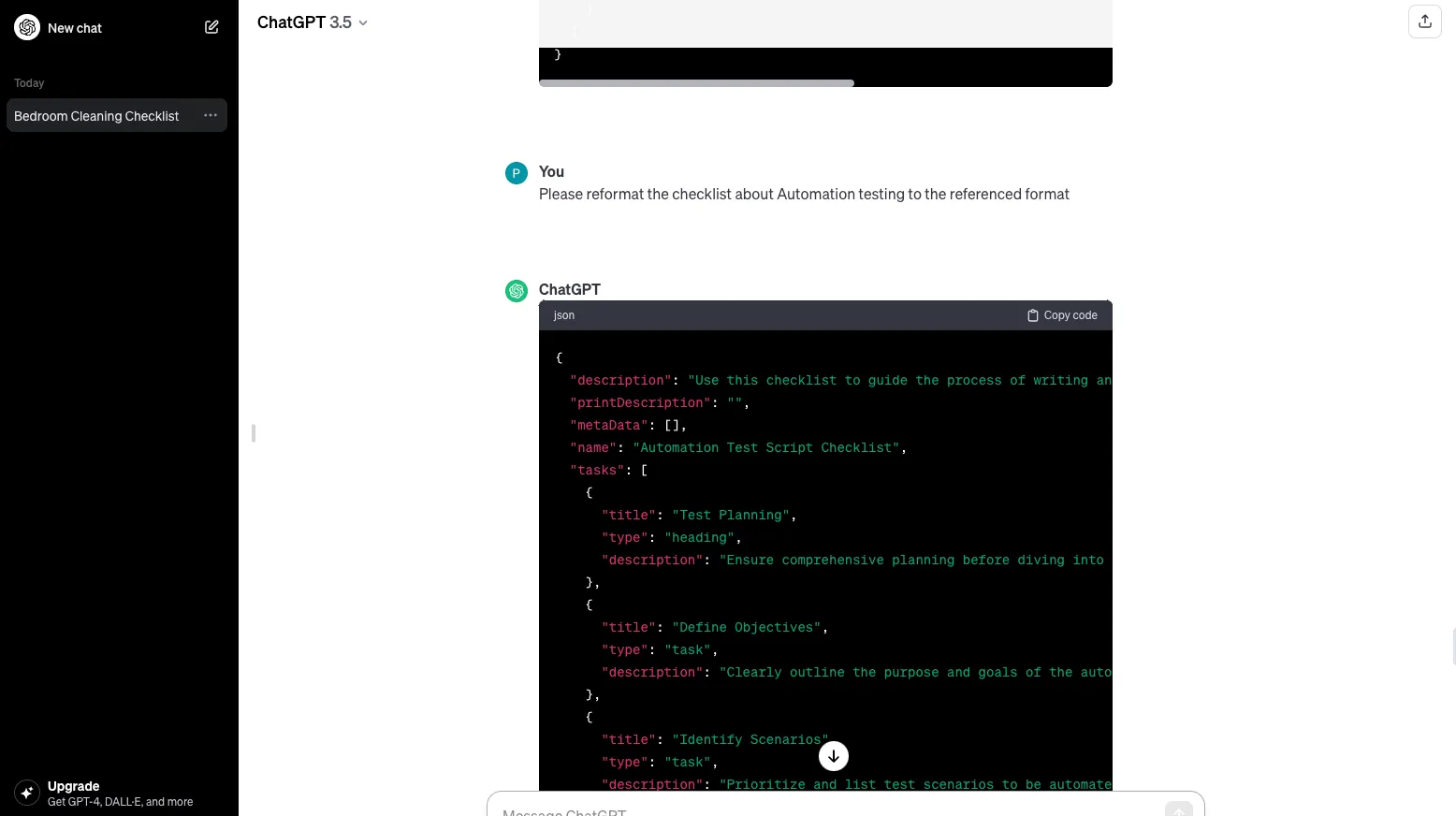

{ "name": "Software Release Testing Checklist", "printDescription": "", "description": "Use this checklist to ensure that the software release has been thoroughly tested and meets the quality standards before it is deployed to production.", "tasks": [ { "type": "heading", "title": "Functional Requirements", "description": "Functional requirements specify what a system must do to meet user needs and are used to develop and test its functionality." }, { "type": "task", "title": "User story has been fully implemented", "options": "yesno", "description": "Confirm that the feature has been developed, tested and integrated into the application. Check off the item in the checklist when all requirements have been met. This ensures that the software application meets the user's requirements and helps the development team move forward efficiently." }, { "type": "task", "title": "All acceptance criteria have been met", "description": "Make sure that all the conditions outlined in the acceptance criteria for a particular feature or functionality have been fulfilled. Review the acceptance criteria carefully and confirm that each one has been met before proceeding to the next task. This ensures that the development process is progressing as intended and that the feature will function as expected." }, { "type": "task", "title": "Code has been reviewed and tested" }, { "type": "heading", "title": "Non-Functional Requirements", "description": "Non-functional requirements define the criteria that a system or product must meet in terms of its performance, usability, security, and other quality attributes that are not related to its specific functionality." }, { "type": "task", "title": "Code has been documented" }, { "type": "task", "title": "Code follows coding standards" }, { "type": "task", "title": "Performance tests have been completed" }, { "type": "heading", "title": "Release Criteria", "description": "Release criteria are a set of pre-defined standards or requirements that a product or software must meet before it can be released to the market or end-users." }, { "type": "task", "title": "Code has been merged to the main branch" }, { "type": "task", "title": "All bugs have been fixed" }, { "type": "task", "title": "Documentation has been updated" } ], "metaData": [ { "fieldName": "Team member name", "suggestion": false, "presetValue": "", "mandatory": true, "placeHolder": "Enter your name here ..." }, { "fieldName": "Bug tracker ticket", "suggestion": true, "presetValue": "", "mandatory": false, "placeHolder": "Enter bug tracker ticket number (if applicable) ..." } ] } -
Copy the code ChatGPT outputs for you and put it in a .txt file or something similar.

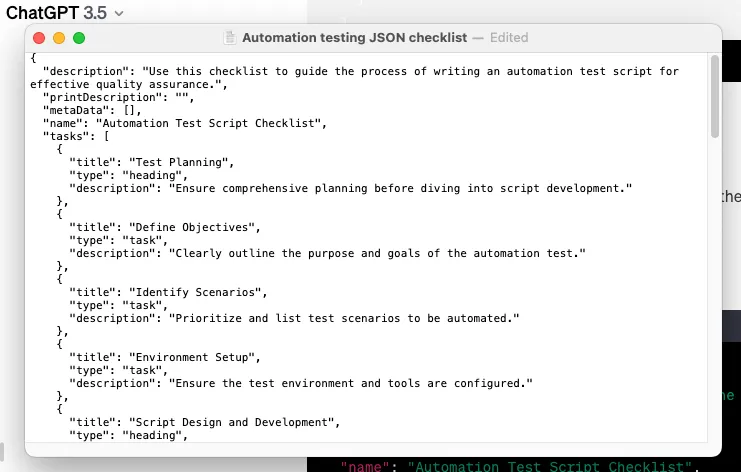
-
From here, you can use our import functionality to import the JSON file as a checklist template in the Didit hub.
For more on our import functionality, click here.


By combining the capabilities of ChatGPT and the checklist software integrated with Atlassian Jira and Confluence Cloud, you can enhance your productivity and streamline your workflow. Choose the option that suits your needs and experience the convenience of effortless checklist creation and management.
Link to this page: https://seibert.biz/checklistsgpt